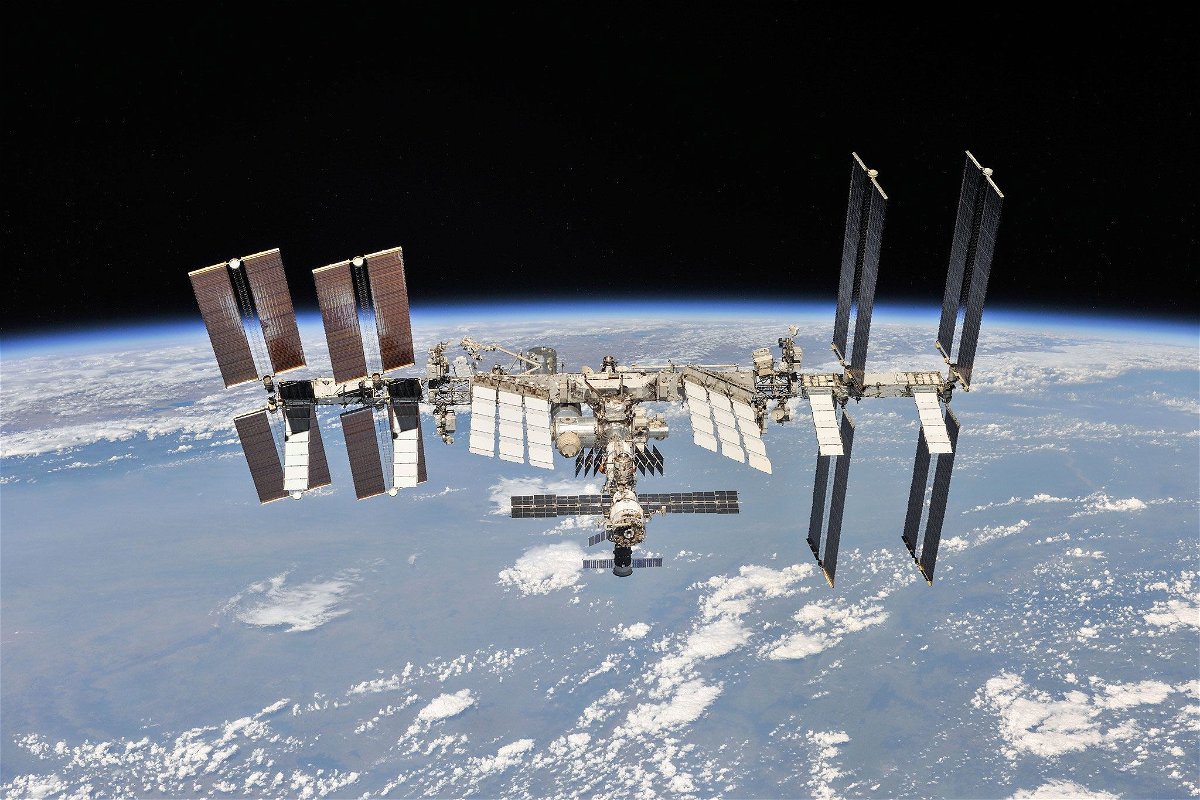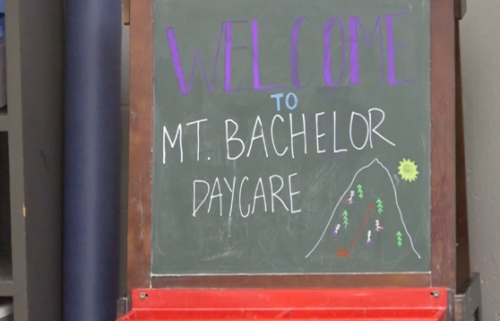Astronauts’ brains take a hit during long spaceflights

Astronauts regularly spend six months during their rotating missions aboard the International Space Station.
By Ashley Strickland, CNN
(CNN) — Spaceflights lasting six months or longer take a toll on the brains of astronauts, and crew members may need to wait at least three years before returning to space, according to new research.
Scientists compared the brain scans of 30 astronauts taken before spaceflights lasting two weeks, six months or a year with scans taken after they returned to Earth. The scans revealed that the ventricles, or cavities within the brain that are filled with cerebrospinal fluid, expanded significantly within the brains of astronauts who went to the International Space Station on missions lasting at least six months.
The findings have implications for future longer-term missions as NASA and its international partners aim to establish a sustained human presence on the moon with the Artemis program, with the eventual goal of sending humans to deep-space destinations such as Mars. A study detailing the findings was published Thursday in the journal Scientific Reports.
Cerebrospinal fluid provides the brain with protection and nourishment while removing waste. But when astronauts go to space, fluids within the body shift toward the head and push the brain higher against the skull, causing expansion of the ventricles.
“We found that the more time people spent in space, the larger their ventricles became,” said lead study author Rachael Seidler, a professor of applied physiology and kinesiology at the University of Florida, in a statement. “Many astronauts travel to space more than one time, and our study shows it takes about three years between flights for the ventricles to fully recover.”
Eight of the astronauts in the study went on two-week missions, while 18 ventured on six-month missions. Four astronauts had missions that lasted for about a year. During the analysis, the researchers determined that the degree to which the ventricles enlarged varied depending on how long the astronauts were in space.
“The biggest jump comes when you go from two weeks to six months in space,” said Seidler, who is also a member of UF Health’s Norman Fixel Institute for Neurological Diseases.
There was no further increase between six months and one year, meaning that ventricular enlargement seems to taper off after six months, which surprised the researchers, Seidler said. “This is good news for future Mars travelers who may end up spending (approximately) two years in microgravity.”
And the impact was minimal for astronauts on two-week jaunts to space — a positive finding for the commercial space industry as short-duration space tourism flights increase in popularity.
“People who spend just a couple of weeks show little to no change in these structures,” Seidler said. “This is good news for those going on short space junkets.”
Post-space travel recovery time
For 11 of the astronauts, all of whom had more than three years to recover in between missions, the researchers noted an increase in ventricular volume after each of their most recent missions. Seven of the astronauts with a shorter period of recovery between missions showed little ventricular enlargement after their most recent flight.
While this finding sounds positive, it suggests that the brains of experienced astronauts have ventricles that remain enlarged ahead of their next mission and “have less available room or compliance for ventricular expansion with spaceflight,” the authors wrote in the study.
The scientists don’t know how long it takes ventricles to recover fully after spaceflight, but their analysis showed that astronauts experienced a 55% to 64% recovery toward their preflight levels about six to seven months after a six-month mission to the space station.
Based on the research results, the team concluded that astronauts need at least three years between missions to allow their ventricles to recover fully.
The findings could be used as NASA and other space agencies plan future missions, but Seidler said more research is needed. She is beginning to work on a new project that will look at the long-term health and recovery up to five years after spaceflights lasting six months.
“We don’t yet know for sure what the long-term consequences of this is on the health and behavioral health of space travelers, so allowing the brain time to recover seems like a good idea,” she said.
“The findings may suggest that three years are needed for recovery. However, astronauts have very specialized skill sets and training and there may be rationale to include them on additional missions before this time.”
The-CNN-Wire
™ & © 2023 Cable News Network, Inc., a Warner Bros. Discovery Company. All rights reserved.



